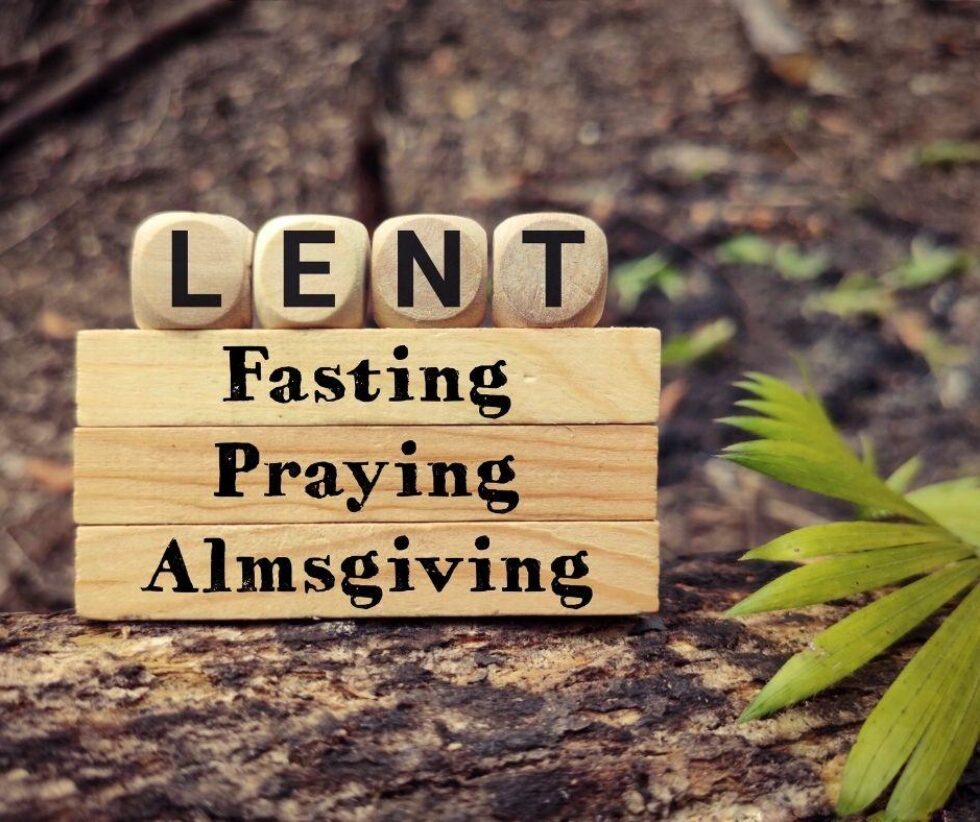
What is the history of people putting ashes on their foreheads on Ash Wednesday?
If we look at Lent as a Journey, Ash Wednesday is where we take the first step. In many churches, the ashes for Ash Wednesday come from the palm branches used in their previous year’s Palm Sunday observance. The ashes are often mixed with oil in order to make a paste that can easily be applied to a forehead or hand. In the Bible, ashes symbolize mourning, mortality, and repentance. When Job repents in Job 42:6 (ESV), he puts on sackcloth and ashes. In Jonah, the king of Nineveh sat in ashes to show his sorrow over his sin and the sin of his people (Jonah 3:5-6 ESV). As we begin the journey of Lent, ashes remind us of our sin that Jesus had to die for in order for us to be redeemed. The ashes also remind us that Jesus entered Jerusalem knowing that He was going to the cross for us.
Why is Lent 40 days?
The season of Lent is a 40-day church season (Sundays don’t count) starting with Ash Wednesday on February 14 and ending on Maundy Thursday, March 28. In the Bible, the number 40 is connected to a season of testing and trial. The Israelites wandered in the wilderness for 40 years before being able to reach the Promised Land. Jesus was tempted by Satan in the desert for 40 days.
Why do some Christians give up something for Lent?
With Lent being a season of repentance, the church has a long history of fasting in order to display sorrow over sin. This practice has morphed into giving up things other than food. Some give up sweets, alcohol, television—anything that would either be difficult to give up or anything that might take their focus off of Jesus during Lent. As Christians, giving up something for Lent isn’t going to make God love us more. It’s not something we do as a check box in our salvation planner. Giving up something for Lent should be done in order to help us focus on what God has done for us, not what we can do for Him.
What is the Apostles’ Creed and why is it said on the Worship Anew program?
The Apostles’ Creed is a statement of belief in God’s work in creation and human history as taught in the Bible. The word “creed” comes from the Latin word “credo” which can be simply defined as “I believe.” The creed is first mentioned around 390 A.D., but the content was taken from various earlier statements of belief from the early church. We encourage viewers of Worship Anew to speak the creed out loud as they’re able in order to confess along with other Christians all over the world what we believe about God, who He is, and what He’s done for us.
How can I find the Worship Anew program?
The quickest way to find where to watch our Worship Anew program is to go to WorshipAnew.org/programs. There you’ll see a list of all the broadcast and digital stations available around the country. We’re currently on many local broadcast stations, TCT, and several public access stations. You can also watch Worship Anew on our mobile and television apps, as well as on YouTube and Vimeo. Just search “Worship Anew.”
What is Hope-Full Living and who is it for?
Hope-Full Living is a daily devotion written for seniors, by seniors. The devotion is produced quarterly in a larger print format. People of all ages enjoy these gospel-centered devotions!


